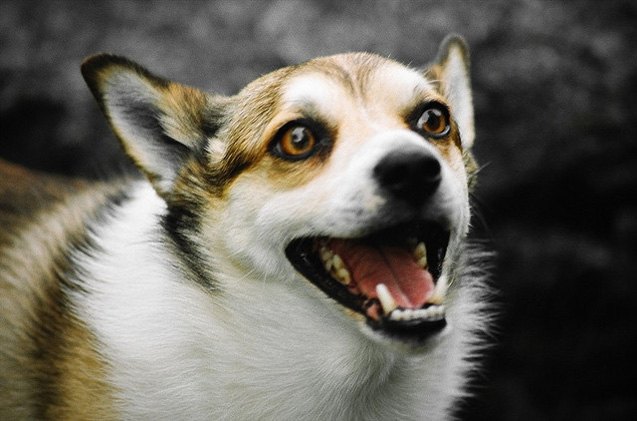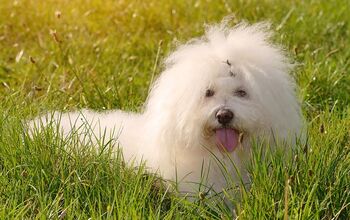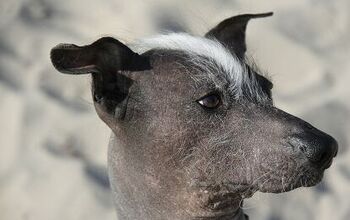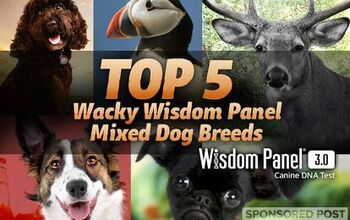Norwegian Lundehund


About Norwegian Lundehund
Also known as the Norwegian Puffin Dog or Lundie, the Norwegian Lundehund is an interesting breed. One of the coolest things about this dog is that it has six toes (Polydactyl) – not dew claws – on each foot. As well, it can “tip” his head backwards so top of head touches back bone, thanks to his unique structure. Furthermore, it can “close” his ears by folding them forward or backward. But those aren’t the only reasons why it’s considered a national treasure in Norway. This agile dog is a wonderful breed that would suit many families.
One of the world’s rarest dog breeds (because of its small numbers and unusual anatomical characteristics), the Norwegian Lundehund loyal and playful companion. Their wonderful personality, even-keeled disposition and small size make them an easy-to-live-with dog. Please read on to learn more about this interesting breed.
One of the coolest things about this dog is that it has six toes – not dew claws – on each foot.
Originally used by Norwegian farmers to hunt Puffin birds, the Norwegian Lundehund can be traced back to Norse and Danish writings as far back as the 1500s. As its chief role was to hunt Puffins for its meat, eggs and feathers, this dog had to be agile in order to scale and tunnel into the crevices of steep vertical cliffs. This would account for its unusual anatomical characteristic.
Around World War II, the breed nearly became extinct due to rampant canine distemper in the area. Now that Puffins are an endangered species, the Norwegian Lundehund is out of a job in its native country. And even though this is considered a rare breed, the Lundehund is still bred and kept by fanciers of the dog.
Due to its age and the area where it was bred, the linage of the Norwegian Lundehund is difficult to trace. A member of the Spitz family, it does share certain has similarities with the Norwegian Elkhound and Norwegian Buhund.
The Norwegian Lundehund is prone to an intestinal syndrome called Lundehund Intestinal Syndrome, so you’ll need to feed your dog a special intestinal diet. Your Lundie may be allergic to grain, so a grain-free diet may help. Ask your vet or breeder for their recommendation. By keeping a close on your Lundie’s diet, you’ll be able to cut down on gastrointestinal issues.
The Norwegian Lundehund is intelligent, but can prove to be stubborn when it comes to training.
The Norwegian Lundehund is intelligent, but can prove to be stubborn when it comes to training. For the best results, use positive training techniques. A common complaint with the Lundie is house training, so this is not a dog for the novice owner. You’ll find that introducing crate training early on will help curb this problem. In fact, crate training can prove to be easier with this breed, as it likes to be in cave-like spaces.
Because the Lundie is so agile, you should consider enrolling your dog in agility training courses. It’s a great form of exercise and it will allow them to use their natural agility abilities.
Norwegian Lundehund’s weight ranges from 13 to 16 pounds.
A fun-loving dog that gets along with everyone (adults and children alike), you’ll find the Lundie to be curious, intelligent, and stubborn. He adapts to most situations, people and animals, as long as he’s properly introduced. He may be apprehensive at first, but he’ll warm up quickly. As with most dogs, early socialization is key.
Perfectly happy indoors or out, the Norwegian Lundehund loves to run and play. And the more dogs you have, the better – the Lundie thrives in a multiple dog household. They do equally well in houses and apartments, but a house with a yard is the ideal living situation for this dog.
Happy, calm, and alert, the Norwegian Lundehund only bark when something alarms them. But don’t worry about excessive barking – they’ll just let you know that there’s something of interest and then stop. This is an active and playful breed, but once they are all finished running around, they’re content to curl up beside you.
The Norwegian Lundehund is prone to an intestinal syndrome called Lundehund Intestinal Syndrome. This syndrome is a mix of lymphangiectasia, inflammatory bowel disease, and small intestinal bacterial overgrowth. The result is an inability to absorb nutrients and protein from food. There is no cure for this disease, but it can be effectively managed.
The Norwegian Lundehund has an average lifespan of 12 to 14 years.
This is an active and playful breed. The Lundie will keep up with you during any activity, whether it’s a brisk walk or a spirited game of catch. When playtime is over, they are happy to hang out by your side. This makes them a good fit for a condo or apartment, but a house with access to a yard is the ideal living situation for the Norwegian Lundehund.
A fun-loving dog that gets along with everyone (adults and children alike), you’ll find the Lundie to be curious, intelligent, and stubborn.
The American Kennel Association says this about the breed: “The Norwegian Lundehund is a small and agile Spitz breed with several unique characteristics in combination not found in any other dog. Features such as six toes on each foot; prick ears that fold closed, forward or backward at will; and the ability to tip the head backward until it touches the back bone all helped them perform their job as Puffin hunter.” The AKC first recognized this breed in 2008, and officially classified it in the Non-Sporting Group in 2011.
This cuddly dog has a dense, rough outer coat is insulated by a soft undercoat. In terms of colors, the Norwegian Lundehund coat comes in reddish-brown/fawn with black hair tips; white with dark markings; or black or gray with white markings. Norwegian Lundehunds shed heavily and need regular brushing.
The Norwegian Lundehund puppy is a challenge to house train. You’ll have to keep a close eye on this little fellow when he’s not in his crate. Keeping up with a consistent routine will help the process go smoother, as will crate training. As well, early socialization is important to ensure he learns proper dog manners when meeting new people and animals.
Photo credit: Andrva/Wikimedia; Dries Smulders/ Flickr; Karen Elise Dahlmo/Wikimedia

Amy Tokic, Editor of PetGuide.com, is a passionate animal lover and proud pet parent of Oscar, a Shih Tzu/Chihuahua cross, and Zed, a Japanese Chin. Her love of animals began in kindergarten, when she brought her stuffed dog Snoopy into class with her every day. Now, she writes about her adventures in pet ownership and tirelessly researches products, news and health related issues she can share with other animal enthusiasts. In her free time, Amy loves perusing used book and record stores, obsessing over the latest pet products available and chasing squirrels with wild abandon (a habit attributed to spending too much time with her pooches).
More by Amy Tokic

























